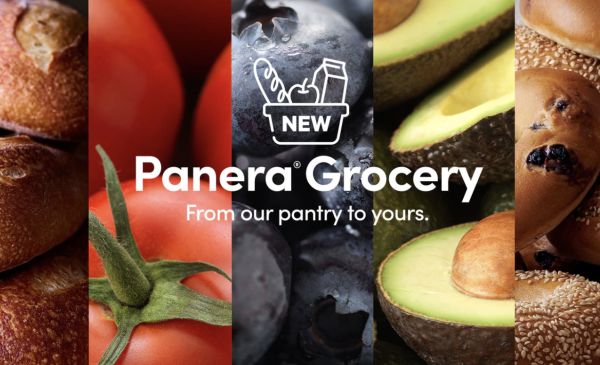Earlier this year we looked at some successful and not so successful brand extensions. Today, let’s get closer to the topic. A brand may enter new product categories, new product formats within a category (line extension), or new markets or market segments. Examples of the latter include taking a brand currently targeted to women and extending it to the male market or taking a brand that currently appeals to adults and extending it to the teen market.
Another example of extending a brand into new markets is extending it down from its current position to the value segment or up from its current position to the premium segment. Often, to designate a premium version or offering, special words or phrases are used in association with the brand name – words such as gold, platinum, limited edition, signature collection, premier, elite, marquis, reserve, private, professional, executive class, etc. But, in general, the more subtle the allusion to a brand’s premium status, the more effective the approach.
The brand can be extended with or without using another associated brand. If another brand is used, it may be a sub-brand or a brand endorsed by the original brand. Another option is co-branding. Hallmark created the “Confections” sub-brand to extend into gift candies but it did so in conjunction with Fannie Mae’s Celebrated Collection (premium) sub-brand. The product is co-branded with each company’s brand and sub-brand. Co-branding may be a faster way to enter a new category and gain credibility within it.
In the near future I’ll share my thoughts on ways to extend your brand(s).
The Blake Project Can Help: The Brand Licensing Audit and The Brand Licensing Workshop
Branding Strategy Insider is a service of The Blake Project: A strategic brand consultancy specializing in Brand Research, Brand Strategy, Brand Licensing and Brand Education




